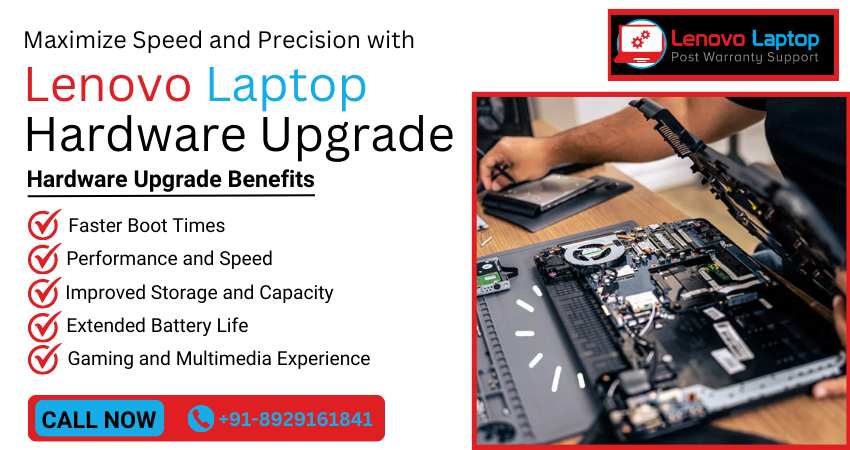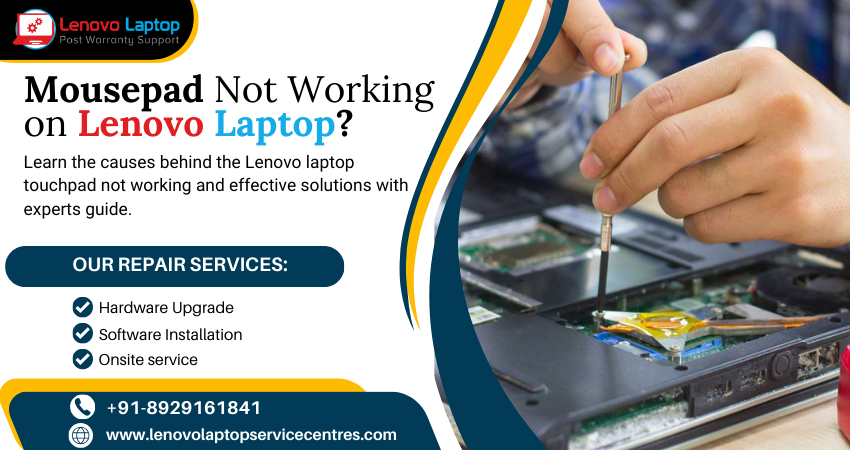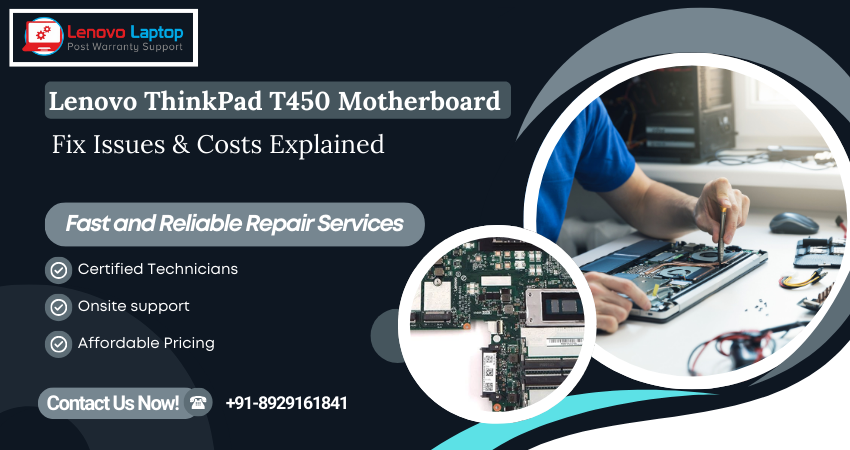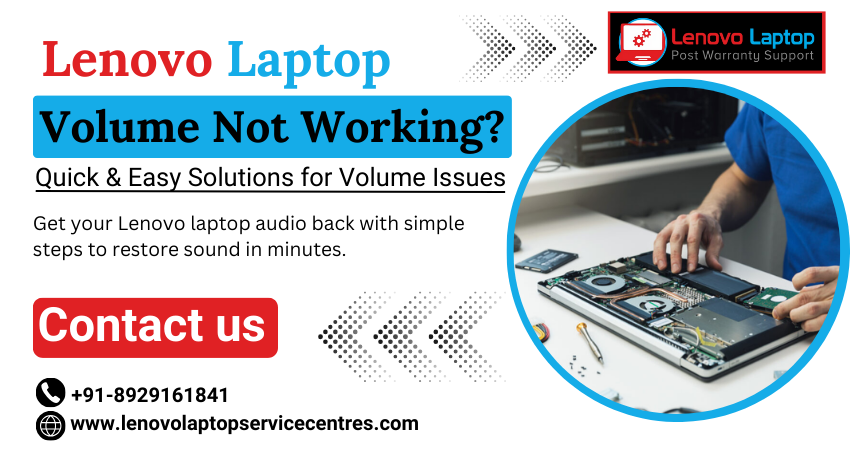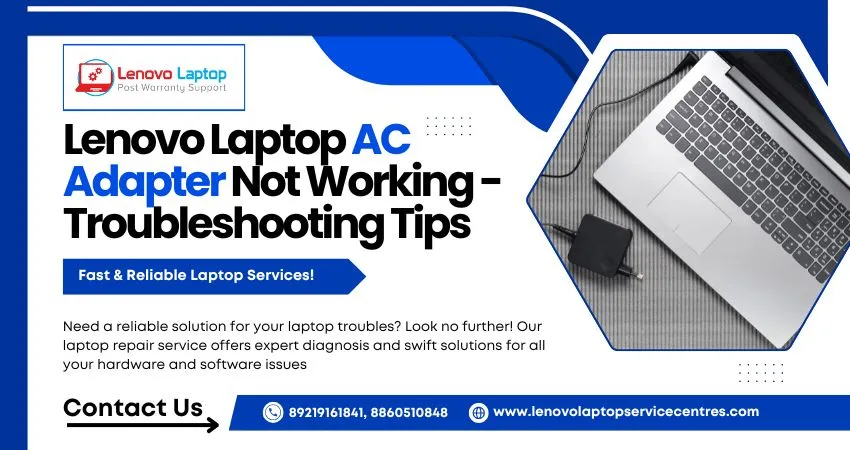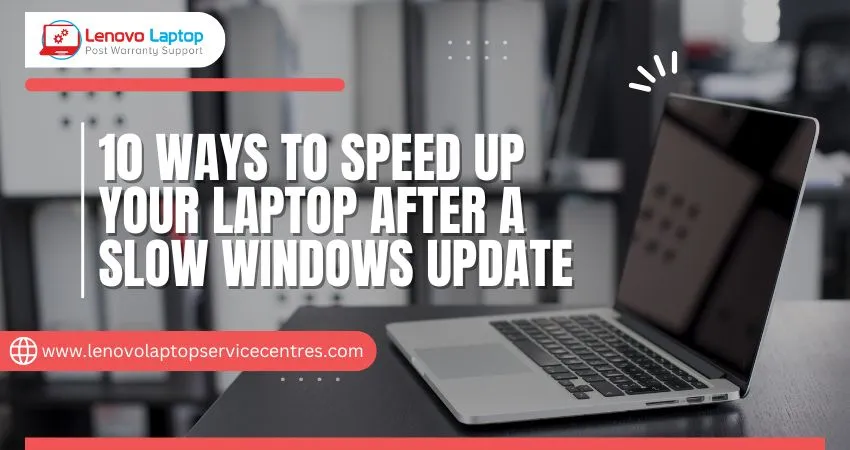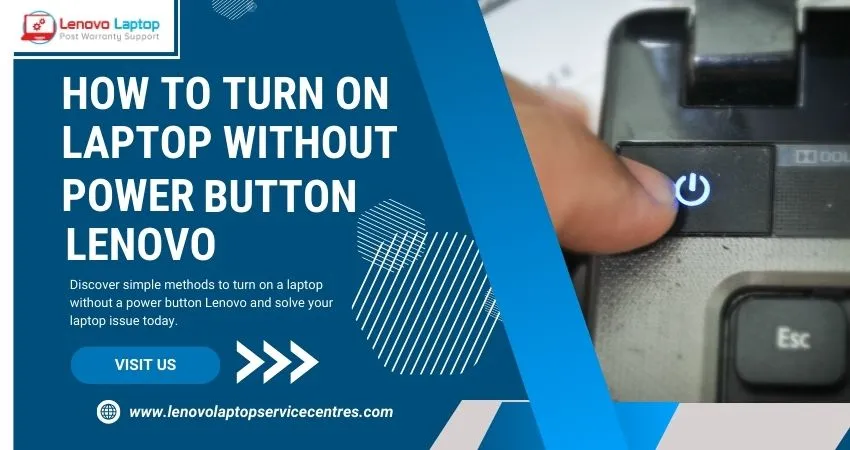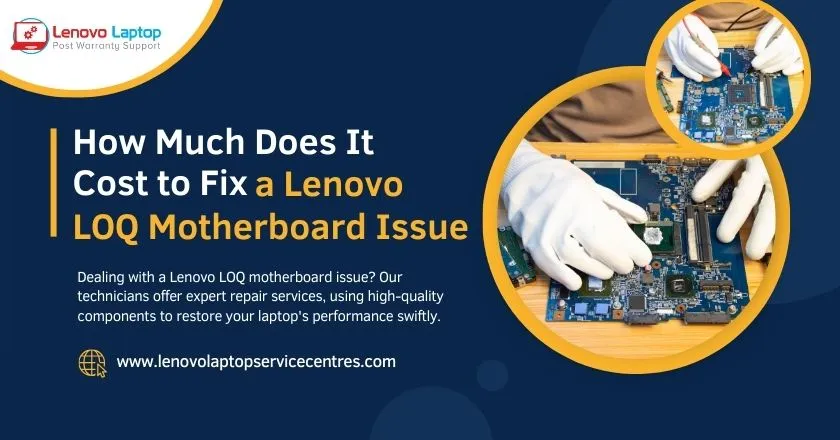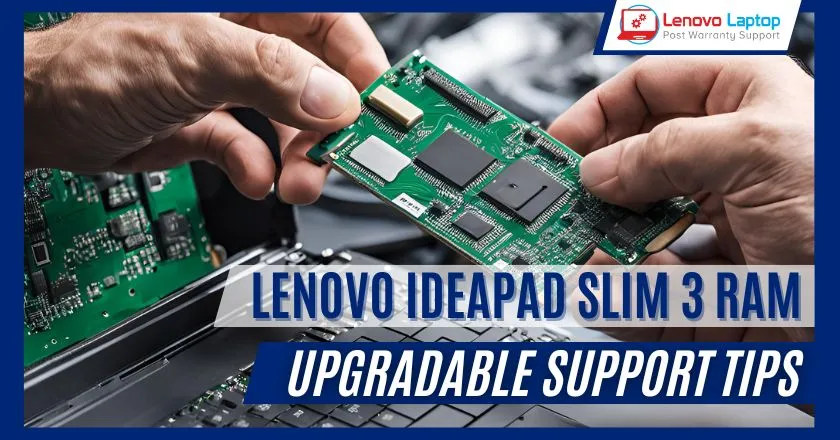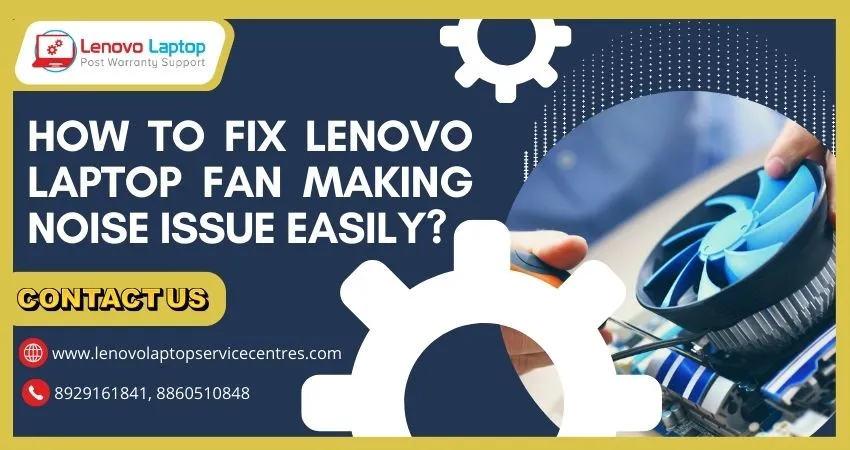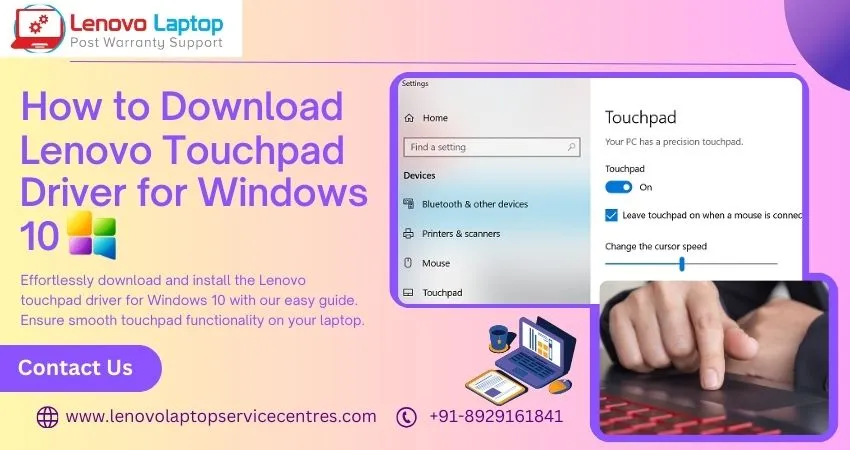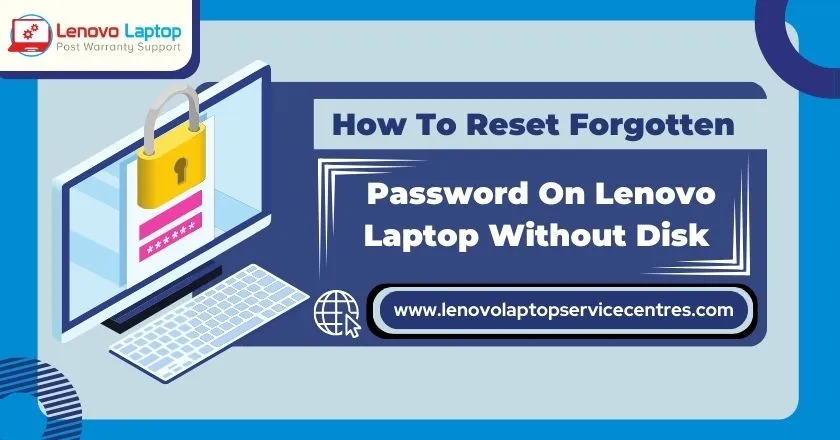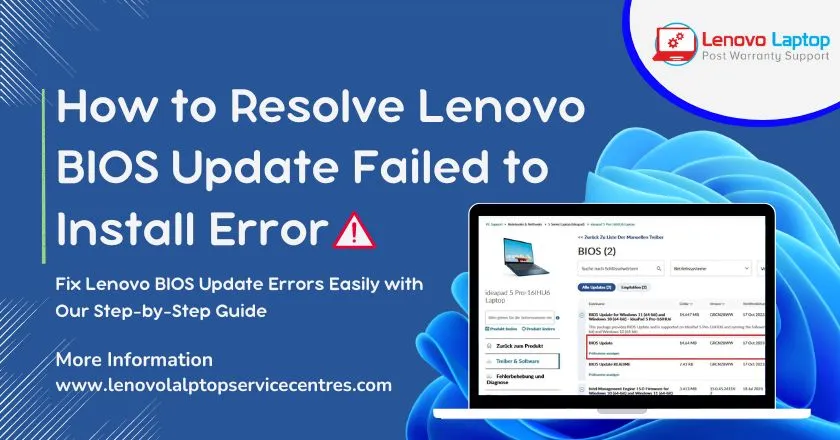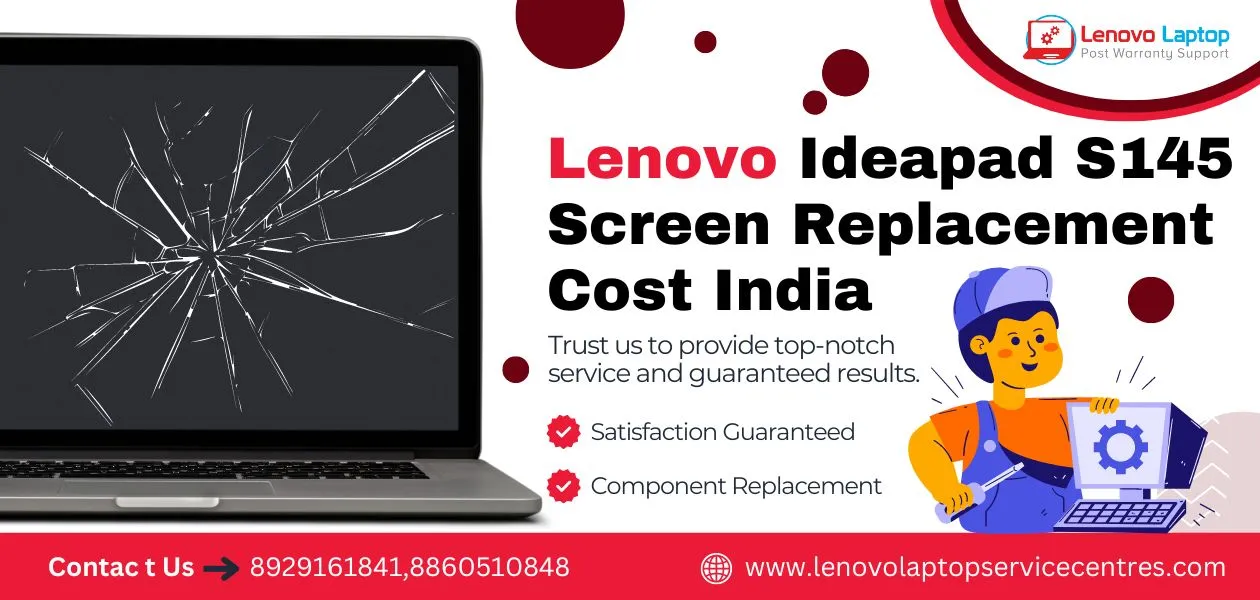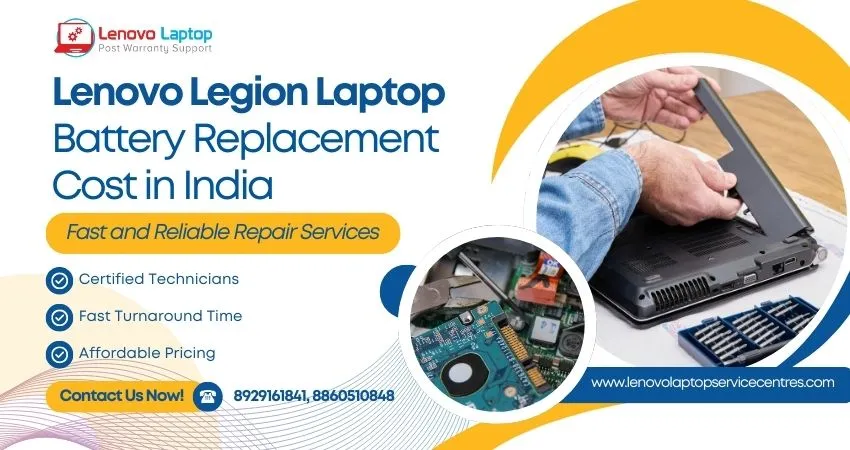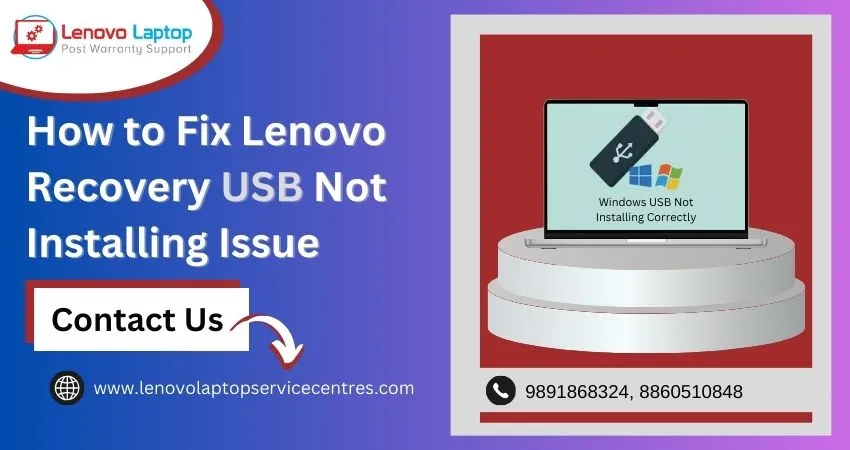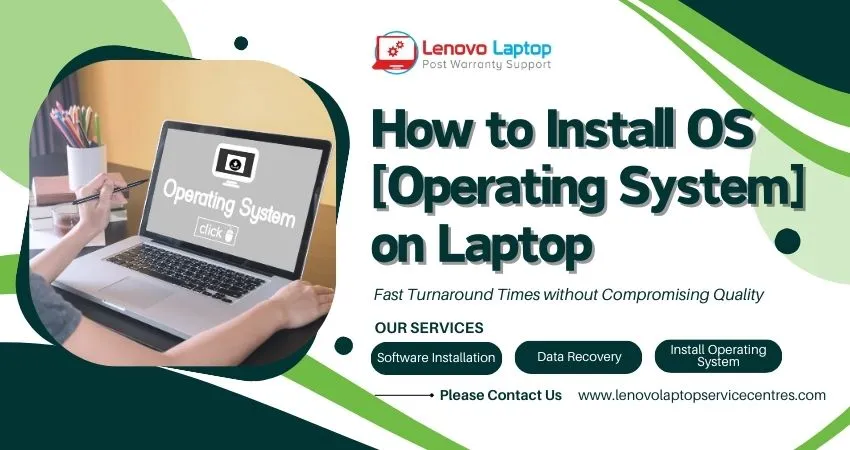Call Us: +91-7042640351, 9891868324
- Home
- SSD Lifespan: Understanding Degradation and Longevity Issues
SSD Lifespan: Understanding Degradation and Longevity Issues
By Admin / 06 May 2024

Solid State Drives (SSDs) have revolutionized storage technology, offering faster performance and greater reliability compared to traditional Hard Disk Drives (HDDs). However, concerns about SSD lifespan and longevity remain prevalent among users. In this comprehensive guide, we delve into the factors affecting SSD health, how long SSDs typically last, signs of impending failure, best practices for extending lifespan, and a comparison between SSDs and HDDs in terms of longevity.
Understanding SSD Health
To comprehend SSD lifespan, it's crucial to understand how these drives operate. Unlike HDDs, which use spinning magnetic disks, SSDs utilize NAND flash memory to store data. Over time, NAND cells degrade due to write and erase cycles, impacting the drive's performance and longevity. Factors such as temperature, usage patterns, and manufacturing quality also influence SSD health.
How Long Do SSDs Last?
The longevity of SSDs varies depending on several factors, including the type of NAND technology used, workload intensity, and drive capacity. Generally, SSDs can endure thousands to tens of thousands of write and erase cycles before reaching their maximum lifespan. Multi-Level Cell (MLC) and Triple-Level Cell (TLC) NAND flash offer higher endurance compared to Single-Level Cell (SLC) NAND, albeit at a higher cost.
Signs of SSD Failure and When to Replace
Despite their durability, SSDs are not immune to failure. Recognizing the warning signs of SSD degradation can help users preemptively replace failing drives, minimizing data loss and system downtime. Here are some common signs of SSD failure:
1. Slow Performance: If your SSD experiences significant slowdowns in read or write speeds, it could indicate underlying issues with the NAND flash memory or controller.
2. Data Corruption: Sudden data corruption or files becoming inaccessible may signal potential NAND degradation or firmware issues.
3. Bad Blocks: The appearance of bad blocks or sectors on the SSD, as reported by SMART (Self-Monitoring, Analysis, and Reporting Technology) diagnostics, suggests physical wear on the memory cells.
4. Frequent Errors: Regular occurrence of read or write errors during file operations may indicate deteriorating NAND flash cells or controller malfunction.
5. System Crashes: Random system crashes, or blue screen errors (BSODs) without apparent cause could be attributed to SSD failure.
If you encounter any of these symptoms, it's advisable to back up your data immediately and consider replacing the SSD to prevent potential data loss.
Learn More: Lenovo Laptop SSD Upgradation Cost
Best Practices for Prolonging SSD Lifespan
Implementing proper maintenance and usage habits can significantly extend SSD lifespan:
1. Enable TRIM: This command allows the operating system to inform the SSD which data blocks are no longer in use, facilitating efficient garbage collection and prolonging SSD lifespan.
2. Avoid Overprovisioning: Leaving a portion of the SSD unallocated improves performance and endurance by providing space for wear levelling and garbage collection operations.
3. Monitor Temperature: Excessive heat accelerates SSD degradation. Ensure proper ventilation and cooling to maintain optimal operating temperatures.
4. Update Firmware: Manufacturers often release firmware updates to improve SSD performance and address potential issues. Regularly check for and install these updates.
5. Minimize Write Operations: Reduce unnecessary write activities by moving temporary files and browser caches to a different drive.
Longevity of SSDs Compared to HDDs
While SSDs offer superior speed and reliability, concerns about longevity compared to HDDs persist. HDDs rely on spinning disks and mechanical components, making them susceptible to wear and tear. In contrast, SSDs are more durable due to their lack of moving parts. Despite their finite lifespan, modern SSDs often outlast HDDs in typical usage scenarios.
Read More: Solid State Drives and Hard Disk Drives: Which is Best for Your Laptop?
Conclusion
Understanding the factors influencing SSD lifespan and implementing best practices for maintenance and usage is essential for maximizing the longevity of these high-performance storage devices. By monitoring SSD health, recognizing signs of failure, and following preventive measures, users can ensure reliable performance and data integrity throughout the lifespan of their SSDs. As SSD technology continues to evolve, advancements in durability and reliability promise even longer lifespans and enhanced user experiences.
 Share
Share
 Tweet
Tweet
 Share
Share
 Share
Share
Recent Post
-
Cannot Load Driver ENE.SYS? Try These 6 Fixes!
12 Dec 2024
-
How to Solve Lenovo Laptop Hanging Problem
26 Oct 2024
-
How to Restart Lenovo Laptop with Black Screen
22 Oct 2024
-
Lenovo Laptop Power Button on but no Display
02 Sep 2024
-
How to Fix Wi-Fi Not Showing on Windows 10/11
30 Aug 2024
-
Lenovo Laptop Touchpad Replacement Cost in India
28 Aug 2024
-
How to Unlock a Locked Lenovo Laptop Keyboard
12 Aug 2024
-
How to Boot Into Safe Mode On a Lenovo Laptop
31 Jul 2024
-
How to Check Lenovo Laptop Fan is Working or Not
09 Jul 2024
-
How to Fix Bluetooth Problem in Lenovo Laptop
05 Jul 2024
-
How to Install OS (Operating System) on Laptop
27 Jun 2024
-
How to Fix It When Windows 11 Won't Shut Down
21 Jun 2024
-
Lenovo E-41 25 Panel Replacement Cost in India
31 May 2024
-
How to Fix Stuck Keys on Lenovo Laptop Keyboard
30 May 2024
-
Lenovo Laptop Black Screen Issue on Windows 11
17 Apr 2024
-
How to Download Lenovo Vantage for Windows 11
15 Apr 2024
-
How to Get Lenovo Accidental Damage Protection
11 Apr 2024
-
Lenovo System Update Download For Windows 11
06 Apr 2024
-
Lenovo Laptop Security Issues in windows 11
04 Apr 2024
-
How to Check Battery Health in Lenovo Laptop
30 Mar 2024
-
How to Run Hardware Diagnostics on Lenovo Laptop
20 Dec 2023
-
How to find model number of lenovo laptop
18 Dec 2023
-
How to Update Drivers in Lenovo Laptops
02 Dec 2023
-
Why is my lenovo laptop making a buzzing noise
28 Nov 2023
-
Best Guide: Resolve Lenovo Laptop Touchpad Issue
11 Oct 2023
-
How to Troubleshoot Lenovo Laptop Battery Issues
16 Aug 2023
-
Lenovo Laptop Hinges Repair or Replacement Cost
09 Aug 2023
-
How to Find Lenovo Laptop Serial Number
08 Aug 2023
-
Lenovo Laptop SSD Upgradation Cost
18 Jul 2023
-
Lenovo Laptop Camera Replacement Cost
18 Jul 2023
-
Lenovo Laptop Battery Replacement Cost
13 Jul 2023
-
Lenovo Laptop Screen Replacement Cost
12 Jul 2023
-
Lenovo Laptop Keyboard Replacement Cost
12 Jul 2023
-
How to Fix Camera Issue in Lenovo Laptop
07 Jul 2023
-
How to Format Lenovo Laptop with USB
06 Jul 2023
-
How to Increase Battery Life on a Lenovo Laptop
21 Jun 2023
-
How to Fix White Screen on Lenovo Laptop
20 Jun 2023
-
Lenovo Laptop Motherboard Replacement Cost
19 Jun 2023
-
How do I stop my Lenovo laptop from overheating?
16 Jun 2023
-
What is Cost of Lenovo Laptop in India?
22 Sep 2022
-
Lenovo Laptop Problems Black Screen
21 Sep 2022
Looking For A Fast & Reliable Laptop Repair Service
We have professional technicians, fast turnaround times and affordable rates. Book Your Repair Job Today!
Submit Your Query

We specialize in all types of laptop services and provide reliable and quality door step service to our clients
- Plot No 135, 2nd Floor, Kakrola Housing complex main market road , Near Metro Pillar no. 789, Nearest Metro Stn. Dwarka Mor, Dwarka, New Delhi-110078 India.
- +91-7042640351,+91-9891868324
- info@bsslaptoprepaircenter.com
- Shop No.126, Patel Chawel,Near Cigarette Factory,Chakala,Andheri East,Mumbai-400099
- +91- 9891868324,+91-8860510848
- Monday - Sunday (10 am to 7 pm)
QUICK LINKS
SERVICE CENTER IN DELHI
DISCLAIMER: Any product names, logos, brands, and other trademarks or images featured or referred to within website are the property of their respective trademark holders. Moreover https://lenovolaptopservicecentres.com/ is neither associated nor affiliated with Lenovo or Lenovo India. Logos and Images are being used only for representation purpose of post warranty Lenovo laptop support and service. BS System Solutions is an independent organization.
BS System Solutions | All Rights Reserved
Design by Attractive web Solutions












